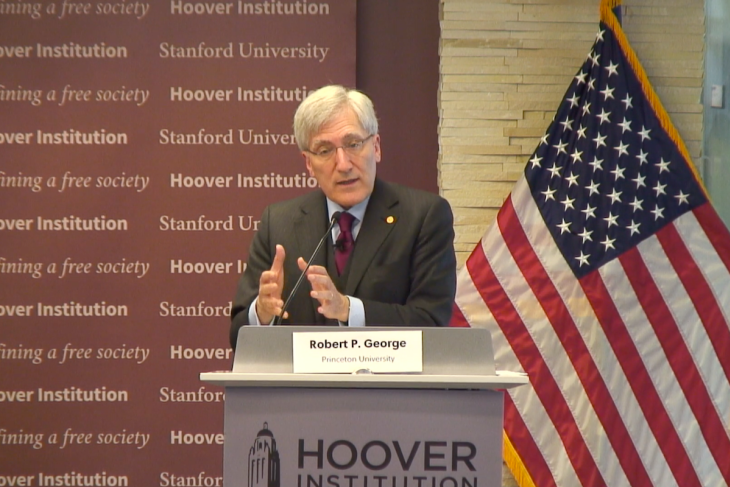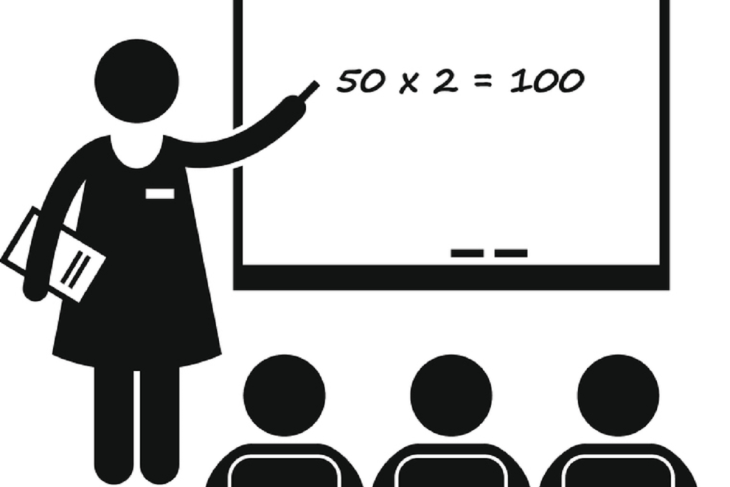The recent reauthorization of the Carl D. Perkins Career and Technical Education Act—the principal federal education program supporting career and technical education (CTE)—expressly aims to “align workforce skills with labor market needs.”
How Aligned is Career and Technical Education to Local Labor Markets?, co-authored by Pepperdine University associate professor Cameron Sublett and Fordham Institute senior research and policy associate David Griffith, examines whether students in high school CTE programs are more likely to take courses in high-demand and/or high-wage industries, both nationally and locally. By linking CTE course-taking data from the High School Longitudinal Survey to employment data from the Bureau of Labor Statistics, it seeks to answer three central research questions:
- To what extent do national CTE course-taking patterns at the high school level reflect the current distribution of jobs across fields and industries?
- To what extent is CTE course-taking in high school linked to local employment and industry wages?
- How do patterns of CTE course-taking differ by student race and gender?
Overall, the study finds that many fields that support a significant number of U.S. jobs see little CTE course-taking in high school, suggesting the potential for greater alignment in these areas.
Students are also more likely to take courses in fields that support more local jobs, but less likely to do so when those jobs are high-paying, suggesting that today’s CTE is connecting kids with jobs that are plentiful but low-paying by industry standards.
Finally, although national CTE course-taking patterns differ significantly by race and gender, all student groups exhibit similar responses to local labor market demand.
Because numerous studies suggest that Americans have become less mobile in recent decades, it’s more imperative than ever that the local business, postsecondary, and K–12 education sectors join hands to strengthen the connection between high school CTE programs and the local job market.
Only then will labor market “alignment” become more than a buzzword.
How aligned is CTE course-taking in 10 cities to local labor market demand?
Our study also includes CTE course-taking and employment data for ten metropolitan areas:
- Atlanta-Sandy Springs-Marietta, GA
- Boston-Cambridge-Quincy, MA-NH
- Chicago-Joliet-Naperville, IL-IN-WI
- Detroit-Warren-Livonia, MI
- Houston-Sugar Land-Baytown, TX
- Indianapolis-Carmel, IN
- Los Angeles-Long Beach-Santa Ana, CA
- New York-Northern New Jersey-Long Island, NY-NJ-PA
- Phoenix-Mesa-Scottsdale, AZ
- Seattle-Tacoma-Bellevue, WA
Using the interactive features below, readers can compare the data for these locations and for the country as a whole. As users will see, the specifics of the CTE story differ by location. But in most areas, there is little CTE activity in the fields that support the most local jobs. So there’s plenty of room for improvement.
Interactive Figure 1 - Employment by Industry
Example: National vs. Atlanta
Nationally, 6.2 percent of Americans are employed in the Architecture and Construction fields, compared to 5.3 percent in Atlanta.
Interactive Figure 2 - CTE Course-taking by Industry
Example: National vs Atlanta
Nationally, 7.9 percent of high school students take at least one CTE course in Architecture and Construction, compared to 3.0 percent in the Atlanta metro area.









